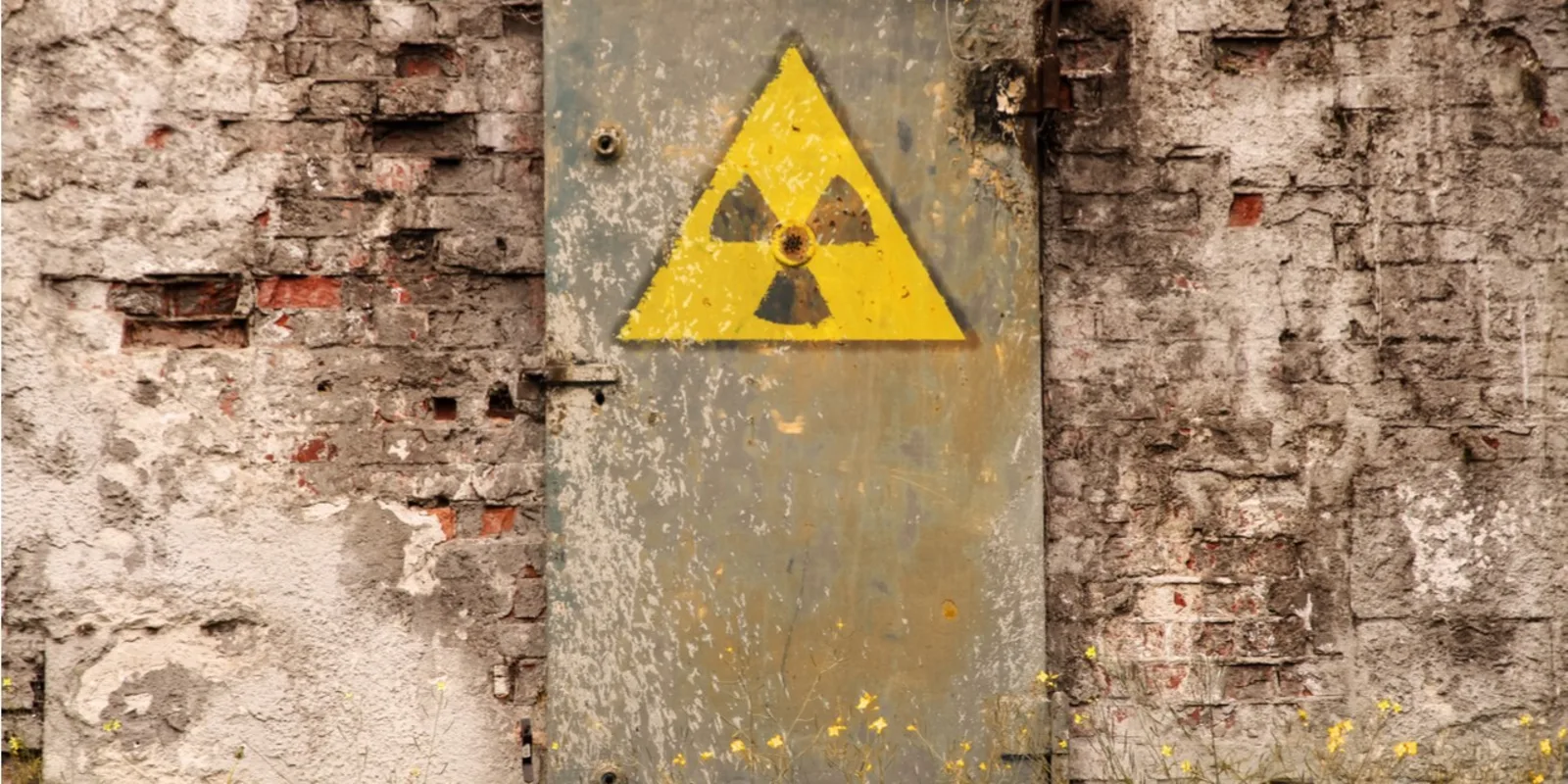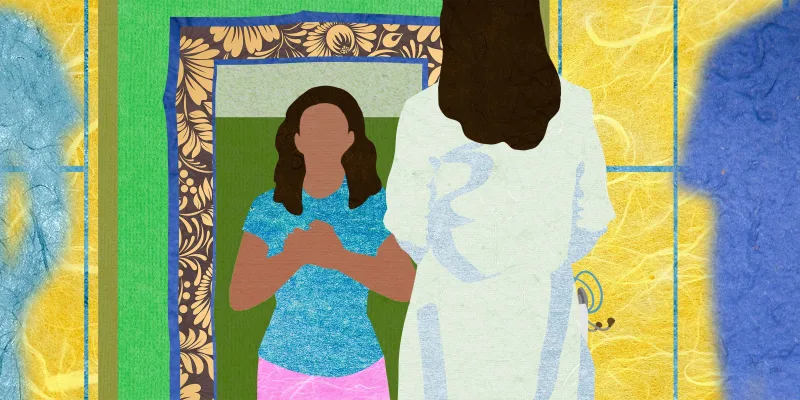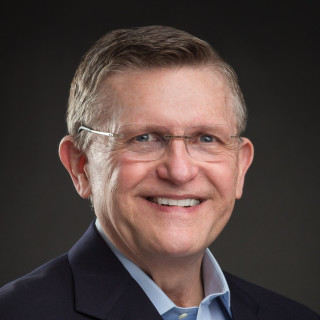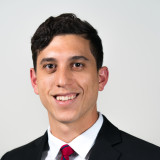
“The Civil Grand Jury on the Hunters Point Shipyard concludes: The Jury found the San Francisco Department of Public Health is not in compliance with its pledge to the California Department of Public Health to keep residents informed of developments at the Hunters Point Shipyard.”
“I swear by Apollo the physician…and by all the gods and goddesses making them my witnesses, that I will fulfill, according to my ability and judgement this oath and this covenant: I will keep them from harm and injustice.” The Oath of Hippocrates
The Hippocratic Oath is the most universally binding expression of medical ethics and professional ideals. As a rite of passage, it requires new physicians uphold specific standards of conduct adopted in 1996 by the American Medical Association’s Code of Medical Ethics. In practical application this ancient text is challenged in a world where abortion and euthanasia are legal, patient privacy is breached by medical records demands, and free medical training is not available. A world where a physician heads a genocidal regimen in Syria and where American doctors monitored and supervised torture carried out by the CIA at black sites and military prisons in 2004. A world where governments conspire to conceal risks of harm to it’s citizens from environmental injustice.
One of the most spectacular examples of government obstruction in protecting human health and safety occurred in the aftermath of the Twin Towers destruction on September 11, 2001 when Lower Manhattan was choked in clouds of dust that rose over 1,000 feet, subjecting residents, office workers, and rescue personnel to a cocktail of toxic gases and airborne particles.
In the days following the September 11 attacks, the United States Environmental Protection Agency (USEPA) and the Occupational Safety and Health Administration (OSHA) took air samples and issued reports that found no excess levels of asbestos, particulates, lead, or volatile organic compounds in the air above and around Ground Zero…an implausible claim given the explosive demolition and volatilization of the World Trade Center in New York.
In August 2003, USEPA Inspector General Nikki Tinsley admitted the National Security Council acted under directive from the Bush White House to engage in a coverup of the public health hazards at Ground Zero orchestrated to “Keep Wall Street Rolling.” By June 2004, fifty seven Ground Zero rescue workers had died from exposure to toxic dust.
San Francisco is home to the former Hunter’s Point Shipyard (HPS). Once called “the world’s greatest shipping yard,” it was declared a federal Superfund site in 1989 and defined by USEPA as “one of the nation’s most contaminated lands.” It was contaminated by radioactive and toxic waste from decades of military and industrial use including toxic metals, PCBs, radionuclides, pesticides, and volatile organic compounds.
Numerous studies document southeast San Francisco is burdened by adverse health impacts due to cumulative exposures to toxic air pollution, carcinogens, and industrial waste. According to Greenaction for Health and Environmental Justice, more than 80% of San Francisco’s industrially zoned land is located in southeast San Francisco_—_where I grew up and attended one of 20 schools located within a one mile radius of HPS. My father was a career longshore walking boss and shipping clerk forced into early retirement and premature death due to pulmonary asbestosis.
In the late 1970s, toxic waste dumps like Love Canal in upstate New York received public attention and outcry when the risks to human health and the environmental were exposed. In response, Congress established the Comprehensive Environmental Response, Compensation and Liability Act in 1980, also called the Superfund Act. “To protect public health and the environment, the Superfund program focuses on making a visible and lasting difference in communities, ensuring people can live and work in healthy, vibrant places.”
On November 7, 2000 over 86% of San Francisco voters supported Proposition P_—_a declaration of policy supporting environmental cleanup to residential standards for the Hunters Point Shipyard. There, a massive development project is underway to build 12,000 housing units along with millions of square feet of office and retail space…at a federal Superfund site.
By the summer of 2005, grading of the hillside overlooking a parcel of land on HPS transferred to the City and County of San Francisco for residential development was underway. That grading released visible clouds of toxic dust containing asbestos, heavy metals, and particulates that migrated over the boundary of the construction site into areas where children and families live, work, and play producing health impacts so dangerous in 2007 the Board of Education voted unanimously in support of a temporary work stoppage and independent health and safety assessment.
In striking parallel to the stance taken by government agencies sworn to protect public health and safety in the immediate aftermath of the September 11 attacks, in 2006, Mitch Katz, MD_—then Director of the San Francisco Department of Public Health—_distributed an unsigned and undated “Fact Sheet” to Bayview Hunters Point households, schools, and community groups adjacent to the dangerous development activities at a federal Superfund site. That letter, written by a physician with a master’s degree in public health, stated, “The type of construction dust generated at the shipyard is common across California and was expected. The area is not contaminated with unsafe levels of chemicals.”
That letter was designed to “Keep Lennar’s Development Project Rolling.” Dr. Katz’s stance in protecting the development project was taken due to a “poison pill” conflict of interest in a health code ordinance adopted in 2004 called Article 31. Article 31 establishes enforcement mechanisms including denial of permits, stop work orders and mandatory penalties. As documented by the 2010 Civil Grand Jury Report on the Hunters Point Shipyard, funding for the oversight and implementation of Article 31 comes from fees imposed on Lennar Developers by DPH for construction and excavation activities generating more than 50 cubic yards of soil.
“The jury found the city has placed itself in a potentially compromising position with Lennar where in essence the wolf is paying the shepherd to guard the flock. By having the developer, Lennar, reimburse the city for expenses associated with the HPS Development project, SFDPH has created a situation that could raise doubts in the public’s mind about it’s commitment to enforce environmental regulations when it might adversely impact Lennar.”
Thus the San Francisco Department of Public Health enjoys a revenue stream from earth moving activities at HPS and his revenue incentivizes dangerous development activities on a federal Superfund site at the expense of public health and safety.
According to the EPA’s Office of Air & Radiation, “airborne particles, the main ingredient of haze, smoke and dust, can cause a number of serious health problems. Small particles less than 10 microns pose the biggest problems and can affect both heart and lungs. Numerous studies link particulate exposure to increased hospital admissions and emergency room visit and to death from heart or lung diseases. New studies show exposure to high levels of particle pollution to be associated with low birth weight infants, pre-term delivery and fetal/infant deaths.”
All of these adverse health effects are evident in Bayview Hunters Point and documented by the San Francisco Department of Public Health in its Community Health Assessments. ER visits and hospitalization rates for pediatric and adult asthma, congestive heart failure and heart attacks triple the statewide average. More than half of all infant mortality in San Francisco occurs in the southeast community and birth defects for the region were 44.3 per 1,000 compared to 33.1 per 1,000 for the county. Additionally, 580 total years of expected life lost due to cancers of the lung, trachea, and bronchi are documented in the 2004 Community Health Assessment. After 2009, DPH no longer posted data on cancer incidence and mortality in the 94124 zip code adjacent to HPS.
Today we face an unprecedented threat to human health, safety, and future generations as a scandal called the “greatest case of eco fraud in US history” mushroomed following the March 2018 release of a US Navy report. This report confirmed that_—_in addition to thousands of fraudulent soil samples collected by Tetra Tech, EM Inc detected by Navy computers in 2012,— 28 fraudulently cleared buildings by Tetra Tech have been identified at HPS. In March of 2018, EPA determined 93% of soil samples tested on land transferred to the City and County of San Francisco in 2015 from HPS are flawed by “potential falsification, data manipulation and data quality concerns.” That land is immediately adjacent to where families dwell in townhouses and condominiums. According to Public Employees for Environmental Responsibility executive director Jeff Ruch, “Documents emerging in recent weeks show the radiation testing or soil covering most of the shipyard and it’s buildings are inaccurate and utterly useless from a public health standpoint.”
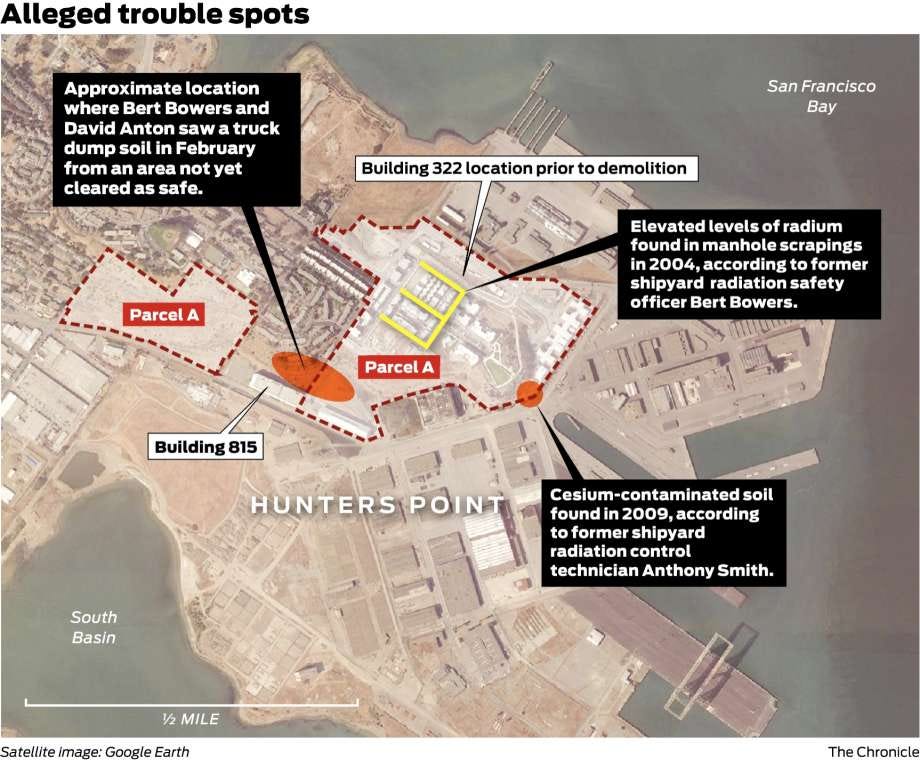
As a former physician specialist for the San Francisco Department of Public Health and founding chair of the Radiological Subcommittee of the Hunters Point Shipyard Restoration Advisory Board, I hereby declare the Hunters Point Shipyard to be a Public Health Crisis and call for a full moratorium on development under Article 31 of the Health Code and call on the California Environmental Contaminant Biomonitoring Program to determine levels of environmental chemicals in Bayview Hunters Point residents adjacent to a federal Superfund site and to monitor trends of these chemicals over time to assess the effectiveness of public health efforts and regulatory oversight.
